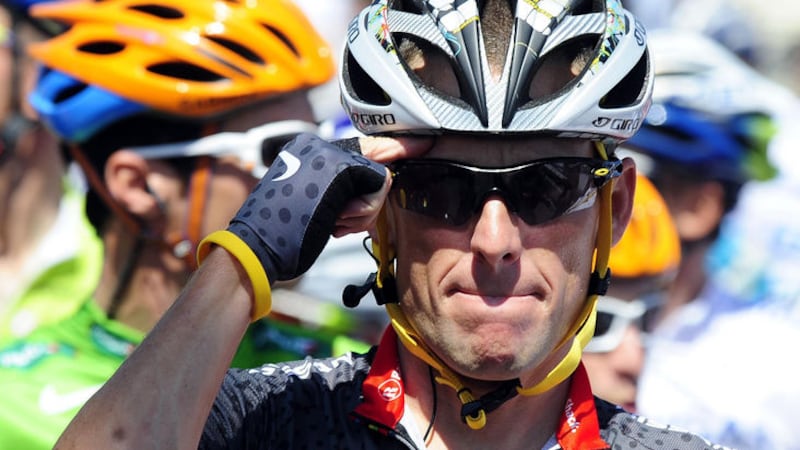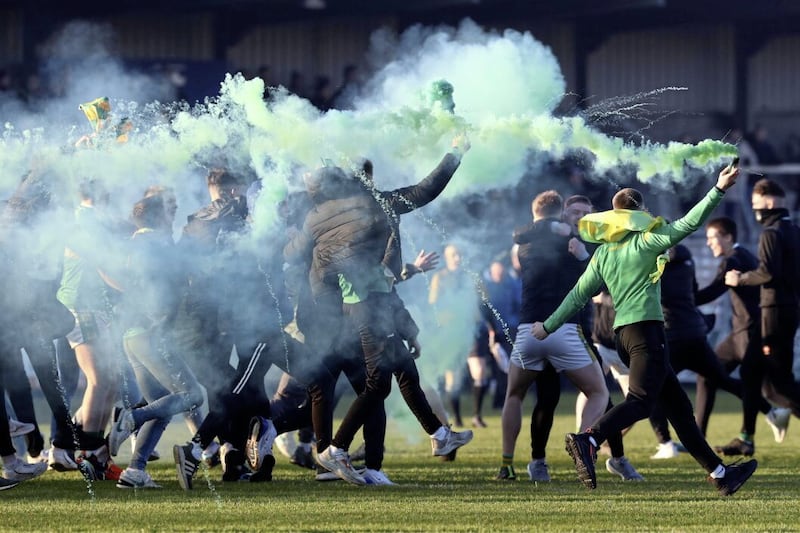There are two types of Irish sports fan: those who think Roy Keane was right, and those who think Mick McCarthy was right.
If you need that explained, you’re not a fan of Irish sport.
A similar rift used to exist in Italy. Gino Bartali and Fausto Coppi once dominated the world of professional cycling.
They were the Cristiano Ronaldo and Lionel Messi of their time.
And for Italians, you couldn’t love both. No floating voters were allowed.
The media helped to create the division by creating a wonderful narrative, which was largely fictitious.
Neither cyclist objected to the soap opera which was played out on a daily basis in newspapers like La Gazzetta dello Sport.
Indeed, Bartali and Coppi often contributed to the imaginative scripts because for the newspapers and both men – it was great for business.
Bartali grew up in a religious family in Tuscany and earned the nickname ‘Gino the Pious.’
He made his devotions public, praying before meals and setting up shrines in his hotel bedrooms.
He resented his team-mates swearing.
In contrast, Coppi wasn’t religious at all.
He caused a national scandal when he left his wife to hook up with a married woman.
Adultery, while widely practised, was illegal in Italy. Pope Pius XII intervened and encouraged reconciliation.
When Coppi defied him, the Pope refused to bless that year’s Giro d’Italia.
The press had their saint and sinner. It was perfect news copy.
Bartali was the model citizen; Coppi, the rebel rule-breaker.
The irony was that in terms of their personalities and habits, the exact opposite held true.
Like many a devout Catholic, Bartali smoked like a trooper and drank what he could.
He could drink up to 30 espressos a day.
He was also a compulsive talker and story-teller, often chatting into the early hours of stage races.
Yet, he had the constitution of an ox.
While his weary room-mate would be knackered, Bartali could rise and dominate the next day’s race.
Although Coppi wasn’t eating the altar rails, he lived a much more monastic lifestyle.
He didn’t smoke and rarely drank. He stuck to a strict training regime.
Years ahead of his time, he lived on a diet consisting mainly of grilled fish and vegetables.
With time, it was the effortlessly elegant Coppi who won the hearts of the Italian nation.
Today, he is known as ‘Il Campanissimo’, the champions of champions.
He is widely regarded as Italy’s greatest ever sports person.
In 2014, when the Giro d’Italia started in Ireland, the Italian entourage was mesmerised when they discovered Belfast had a restaurant named in honour of their sporting hero.
Yet, the legend of Coppi almost never came to be.
Coppi’s emergence as a professional cyclist came after he came under the tutorship of the mystical and mythical Biago Cavanna, a blind masseur whose roles also included manager, potion-maker and strategist.
Cavanna was a boxer turned cyclist who went blind in his forties. He managed a stable of aspiring cyclists who lived and trained from his home.
Part of the selection process involved Cavanna rubbing the muscles of the hopeful young cyclists.
It was said he saw more with his hands than normal men could see with their eyes.
He once observed that massaging Coppi’s leg mucles was “like playing a guitar”.
However when Cavanna first assessed Coppi, he was initially reluctant.
Coppi, while whippet-thin, had too much fat on the back of his neck. (Coppi delivered meat for a butcher).
Cavanna had realised that it was only the most poverty stricken and desperate who were willing to endure his gruelling apprenticeship – 120 miles on the bike – every day of the week.
He feared Coppi was too well off.
Despite his doubts about those extra few millimetres of skinfold, Cavanna relented and took Coppi into his training academy.
The relationship between poverty, hunger and sporting greatness is well documented.
One American running coach used to advise his students to “eat like a poor person”.
Lance Armstrong obviously appreciates the connection too.
In an episode of ‘The Move’ podcast which was broadcast at the start of the lockdown, Armstrong revealed that he had been seriously wounded by a comment on one of his social media videos.
The clip was of Armstrong on a group ride with his former team-mate George Hincapie and a few friends.
Hincapie was in the lead, taking the wind. Armstrong was tucked in behind.
Initially, Armstrong couldn’t remember the exact word which stung him so badly.
During the course of the show, he trawled back through dozens of abusive comments.
He read some of them aloud as he searched for the phrase which really irked him.
‘Looking a little heavy.’
‘Lance still isn’t pulling.’
‘Just like the old days, Lance sits in until the last 5km’.
It was interesting to observe how most of the jibes had negligible impact on Armstrong.
How do you insult Lance Armstrong?
So it was equally fascinating to discover the barbed remark which got under his armour-plated skin.
Eventually, he found it.
‘Lance, looking prosperous,’ wrote Rubens.
‘Oh, I know exactly what he meant by that,’ said Armstrong.
Looking prosperous. My new favourite insult.






